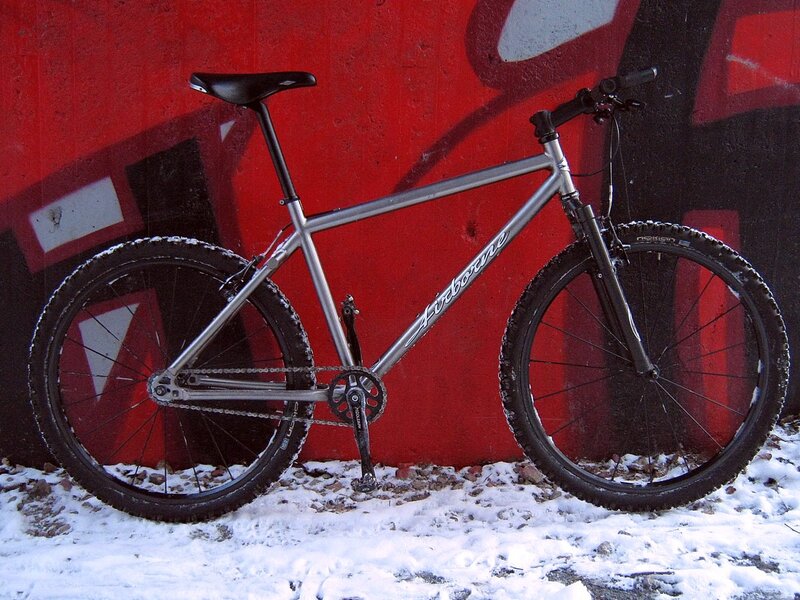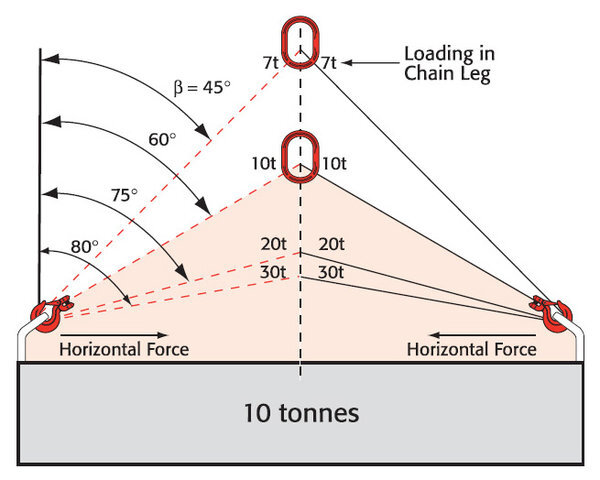dirttorpedo
Senior Retro Guru
Apparently you haven't ridden down a North Shore freeride trail in the rain.My exact argument against disc brakes on MTB’s I just don’t see the point.
Apparently you haven't ridden down a North Shore freeride trail in the rain.My exact argument against disc brakes on MTB’s I just don’t see the point.
Thanks.Tange levin is 33mm stack
Having suffered V brake ineffectiveness due to mud etc, I'm happy with discs and my ability to modulate them and I don't have to hear the grit in the brake blocks grinding the rims awayMy exact argument against disc brakes on MTB’s I just don’t see the point.
Apparently you haven't ridden down a North Shore freeride trail in the rain.

I had hydraulic discs in 1995 so was on point back thenMy exact argument against disc brakes on MTB’s I just don’t see the point.

